Connecting with families and ensuring young people have support in the community, recognizing and responding to trauma and creating space and programming for older youth were the focuses of the 2023 PbS Barbara Allen-Hagen Award finalists and winners. We’ve come a long way in juvenile justice.
Blog
Experiences of Youth in Confinement: Pathways of Racial-Ethnic Disparities in Juvenile Corrections
Looking at the experiences of young people in confinement facilities, the dissertation finds race and ethnicity is a significant predictor of a young person experiencing more control-oriented interventions, longer lengths of stay in confinement and fewer connections to reentry services. More specifically, the researcher found Black, Hispanic and minority young people were confined or restrained more often than others, stayed longer in facilities and had fewer connections to reentry services, adding to the cumulative negative impact of system involvement on young people of color. A summary of the dissertation is in the works and will be shared when available.
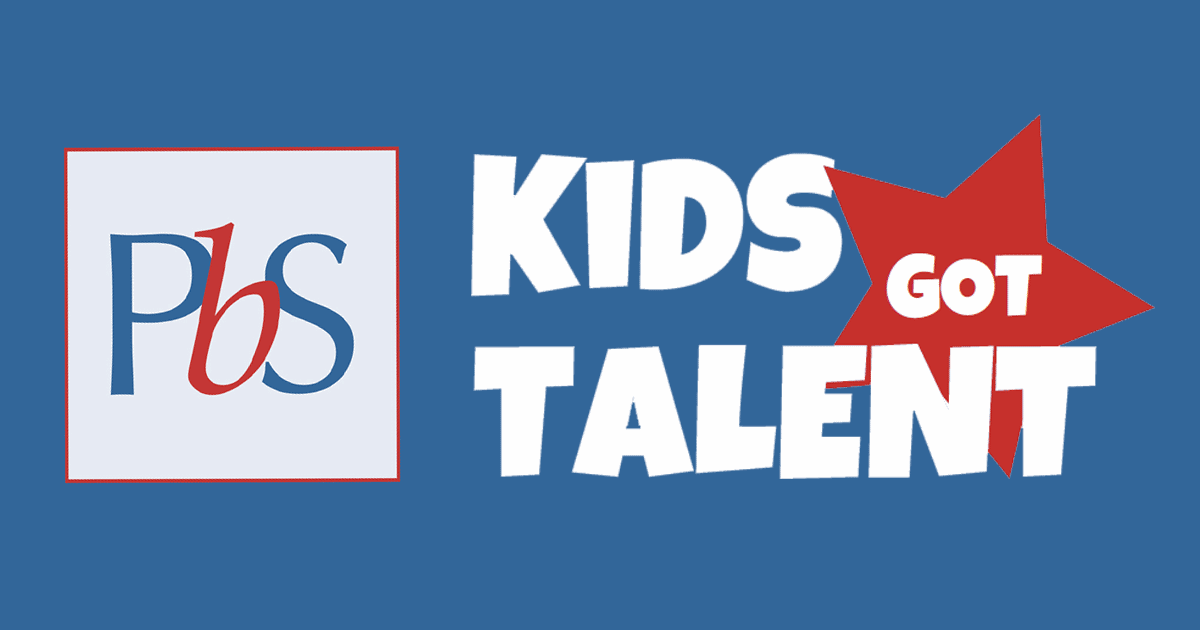
PbS 2023 Kids Got Talent Finalists
Rap, singing, poetry and spoken word, dancing, drumming and beat-making – those are just some of the many talents shared by the more than 50 young people from across the country who competed in the 2023 PbS Kids Got Talent Contest. The performances were amazing, moving and reinforced our need to celebrate their talents more.
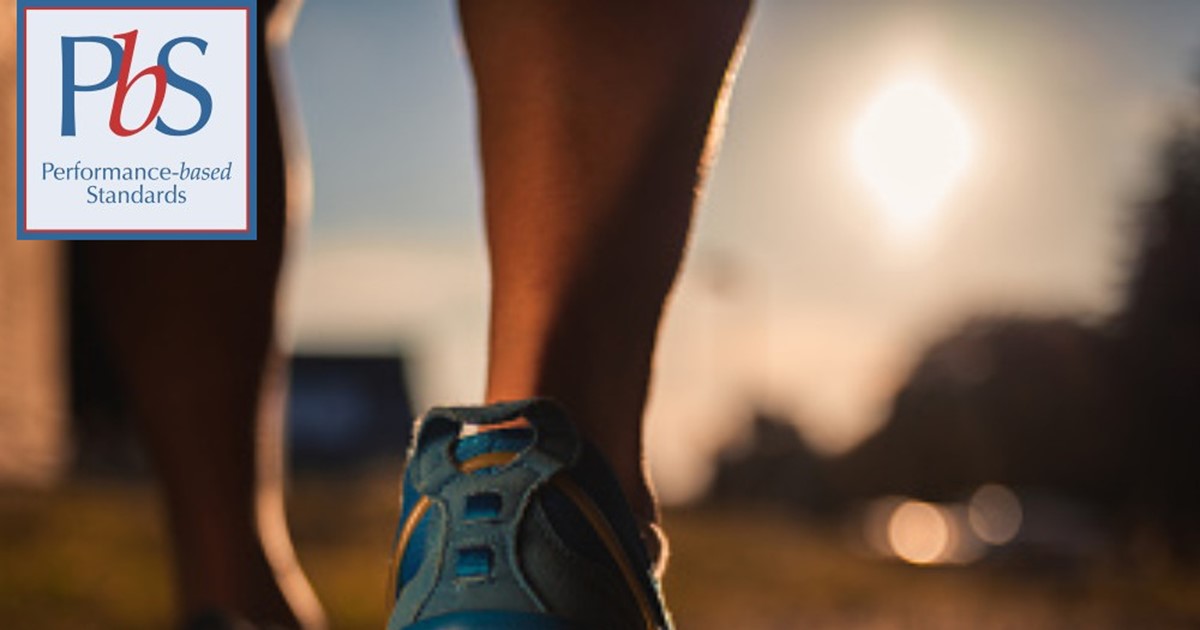
Maine, Oregon, and Maricopa County Win 10K Steps for Real Second Chances Challenge
Congratulations and thanks to all facility staff, young people and friends who participated in PbS’ first-ever 10K Steps for Real Second Chances Challenge. Together we took 20,654,728 steps joining the national Second Chance Month activities and raised $2,987 to support PbS’ scholarship, reentry and employment matching awards – that’s almost six Reentry Awards we can support this fall. The enthusiasm and dedication of the nearly 200 participants from Alaska to Massachusetts, Maine to Alabama – including 101 young people - was inspiring. Together we showed our collective commitment to provide meaningful opportunities for young people who have been incarcerated when they are released.
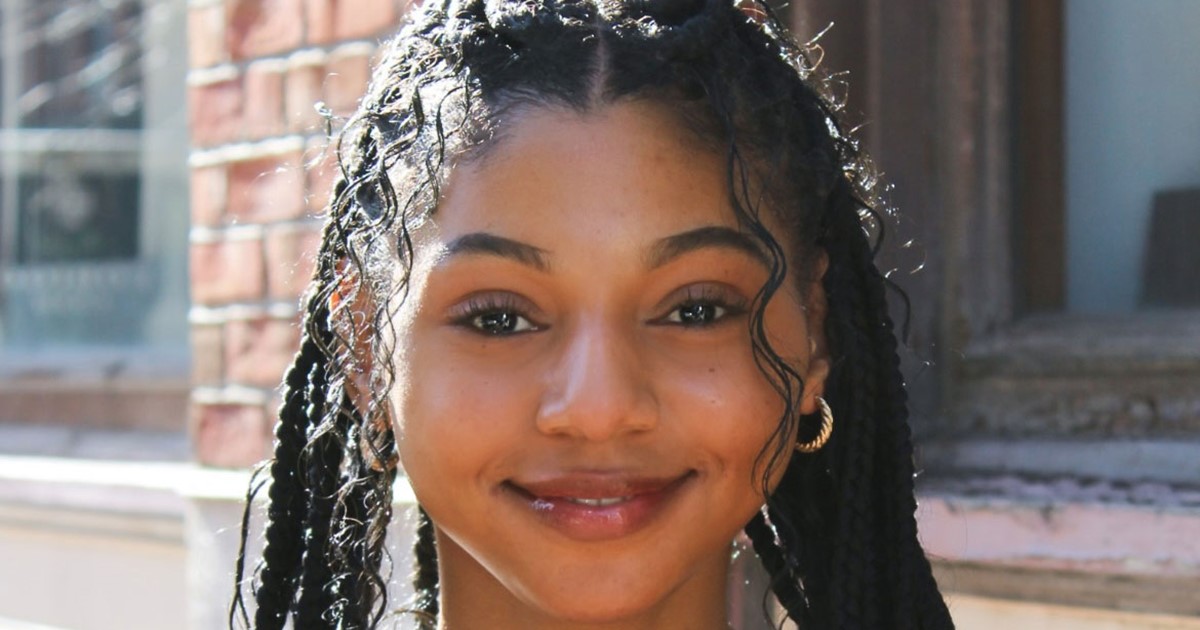
Why We Walk: The CSFI Fellow Behind the 10K Steps for Real Second Chances Challenge
I have had the privilege of tracking the progress and stepping alongside all 11 teams who signed up for the challenge and as the fundraiser comes to a close I would like to share for my final blog post a little bit more about myself and what led me to create this fundraiser.

Stepping Up for Real Second Chances
A journey of a thousand miles begins with a single step. Thank you again to all of the staff, young people, friends and family across the country who are taking part in the 10K Steps for Real Second Chances Challenge during Second Chance Month. An extra huge shoutout to Johnson County Adolescent Center in Olathe Kansas, for being our first team to get sponsored! Every step taken and dollar moves us closer to equity and raises awareness about the need and importance of education and employment equity for young people who become entangled in the juvenile justice system.
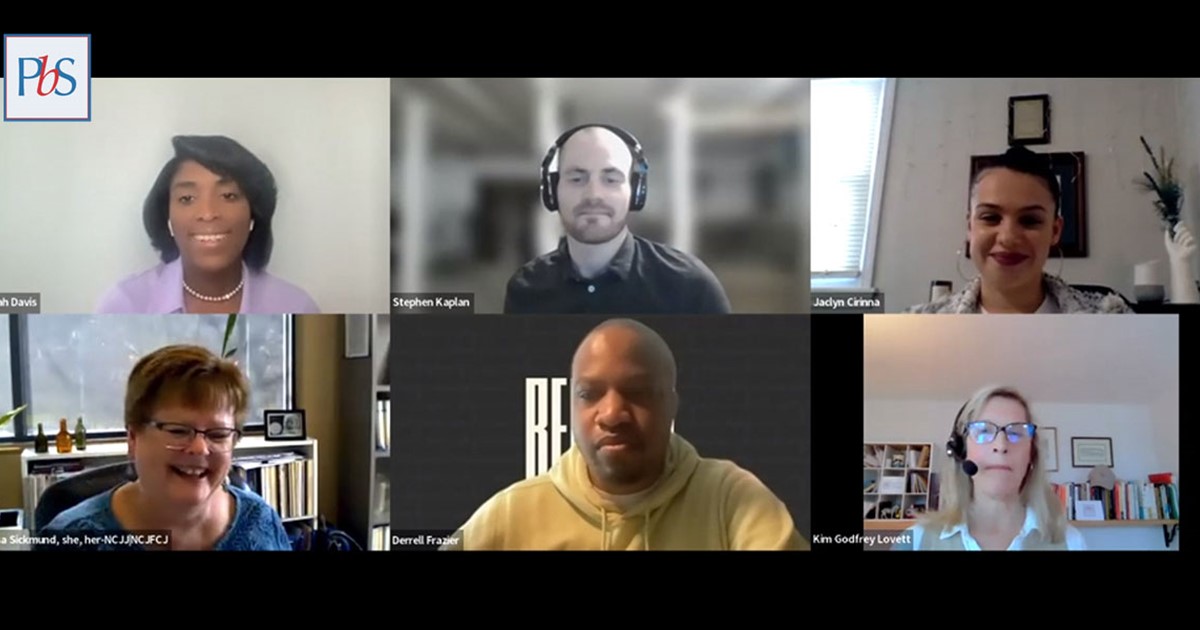
Listening to Experts – Real Experts
Since I started my career in juvenile justice more than 30 years ago, I’ve listened to many juvenile justice experts, researchers, agency directors and policy-makers and I’ve learned a lot. However, during our Second Chance Month webinar on April 4, I learned much more listening to four young people who shared their experiences with the juvenile justice system and what it was like when they returned to their communities.
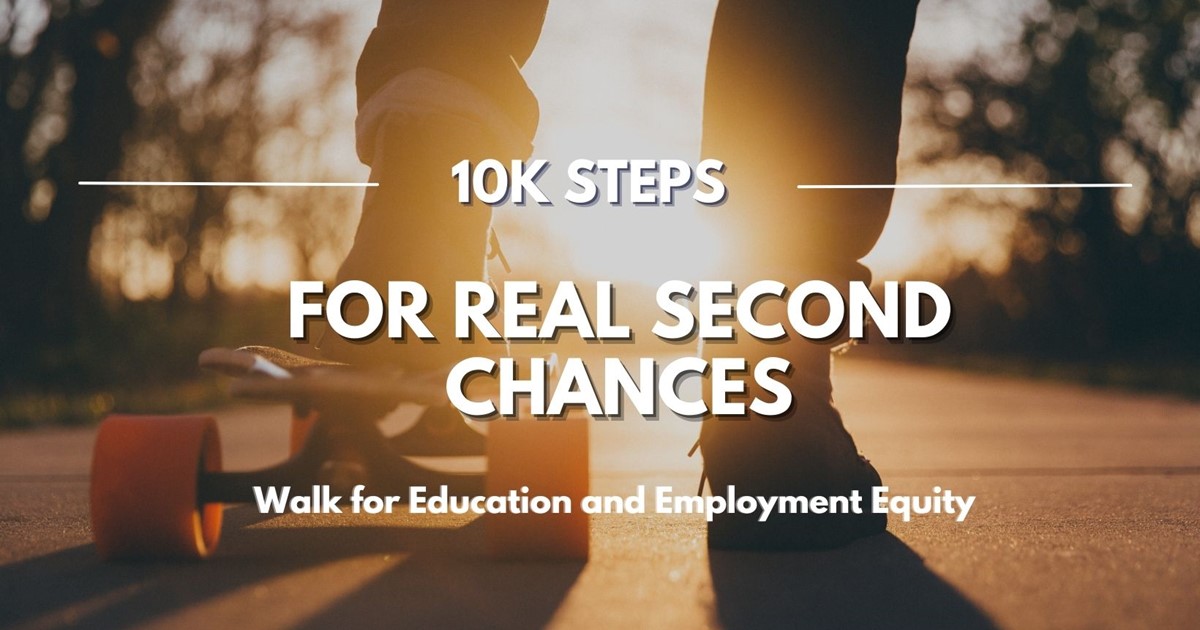
Second Chance Month 10K Steps Challenge
We are starting Second Chance Month off right with 10 teams from all over the country already signed up to take the Performance-based Standards (PbS) 10K Steps for Real Second Chances Challenge!
Research Brief: Predicting Use of Restraints and Perceptions of Safety Using Staff Demographic Characteristics
Using staff demographic characteristics to predict two important issues in juvenile confinement facilities: (1) the use of restraints during behavioral incidents and (2) staff perceptions of safety. Specifically, we investigated whether individuals who belong to racial and ethnic groups that have experienced systematic and individual oppression (referred to as minoritized staff) differ in their use of restraints during incidents than non-minoritized staff. Then, we investigated whether the proportion of female staff predicts staff perceptions of safety in the facility.
Data Snapshot: What Young People Say Matters January 2023
Contributing to the national vision of reentry success, PbS analyzes the survey responses of young people in secure facilities, community residential programs, and community supervision. This snapshot shares the voices of 4,620 system-involved young people responding to surveys about their current experiences, quality of life, preparations for reentry, and outlook for their futures.
